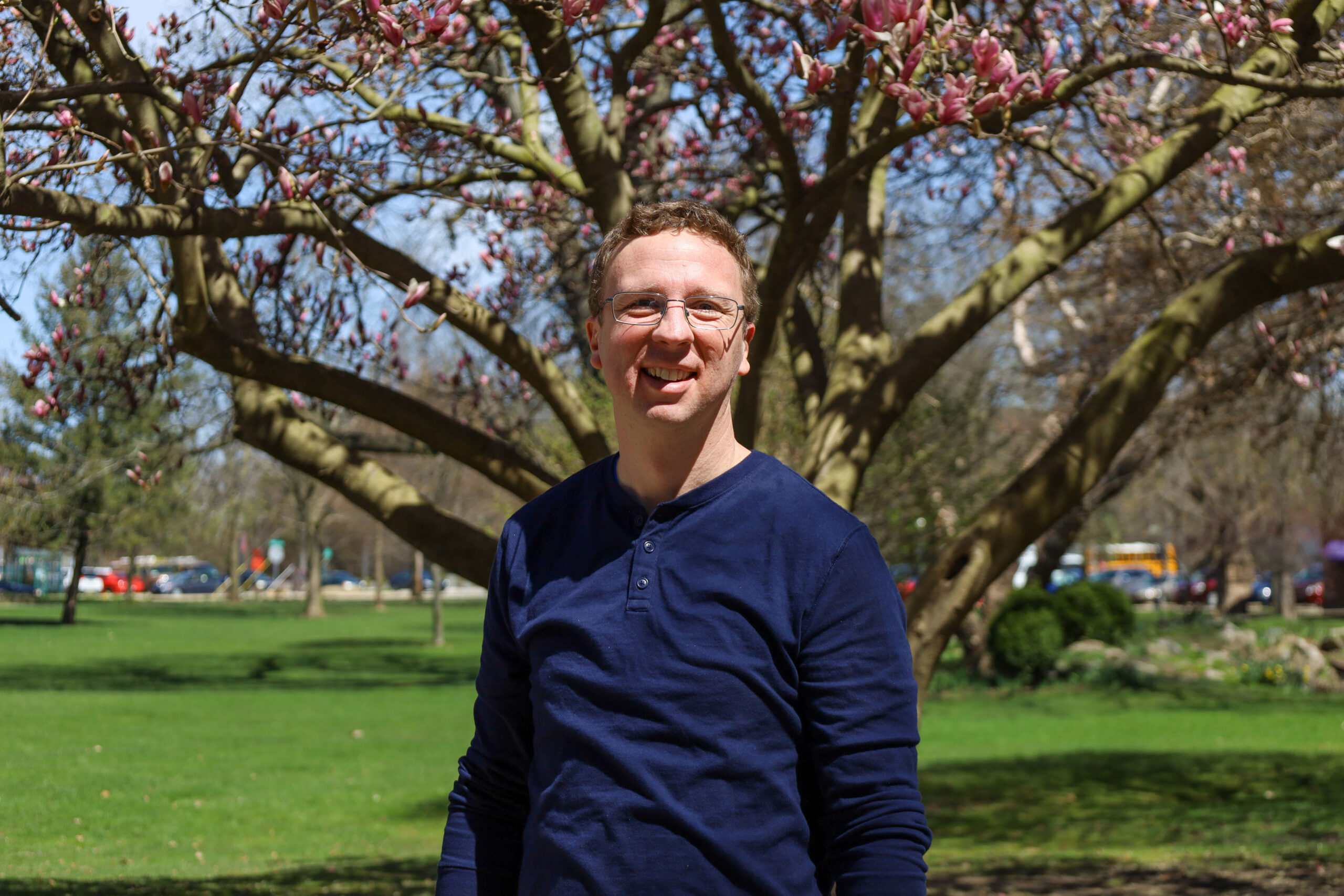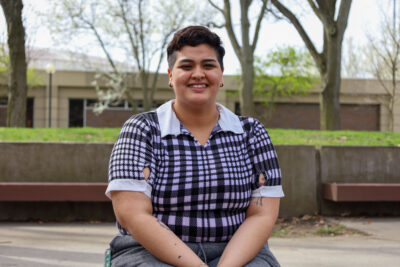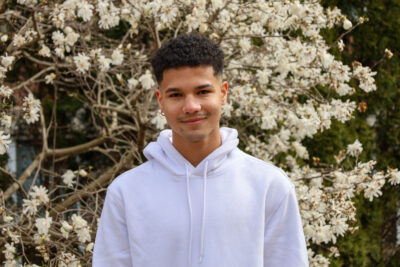Some of you have probably glanced unintentionally at my Goshen ID laying carelessly on a table in the Rott, or perhaps on the seat of my chair during choir, or in any number of similar, uncontrived scenarios only to double-take in disbelief—“What? Your name is Kristina?” Alternatively, you may have discovered the enormous challenge of contacting me through zimbra for a meeting or group project. (For the record, my address is kgfox … typing and re-typing “Nina” into the search engine is a relentlessly unyielding.)
Allow me to clarify: for those of you who may not know, my name—my real name—is “Kristina.” And frankly, the first two years of “Kristina-hood” were easy: I cooed when my parents said my name in fuzzy baby tones, I responded appropriately when called, I made the obvious association between name and self … Indeed, everything was going swimmingly. That is, until I hit the terrible twos, when the story of “Kristina” got a bit more thorny.In fact, as a two-year-old, a good friend of mine struggled to say my name. (As introductory linguistics has taught me, the “k-r” combination is no small feat for a toddler, add three syllables and the name becomes a two-year-old’s Mount Everest.) To resolve the linguistic challenge, he shortened the name: “Kristina” became “Nina,” and, or so my mother tells me, I insisted adamantly that others follow suit. Adopting the name possessively, I became “Nina” to all who knew me.
Kindergarten, however, awakened that venomous desire to assimilate and I suddenly resented the perceived uniqueness of my name. I wanted a “normal” name like Katie or Rachel. (Alright, that’s not entirely true. There were moments in the next few years that I fell in love with the more romantic names of princesses and spunky heroines. For a little while, I tormented my parents with the wailing complaint that they had misnamed me. “Why didn’t you name me the most beautiful name in the world?!” I exclaimed despairingly. “How could you?!” I bemoaned. The names alternated between “Aurora,” “Black Beauty” and “Briar Rose.”)
Before second grade, my family moved from our residential neighborhood in Forest Hills to a more wooded home across town. With a new school and new friends, I jumped at the opportunity to reinvent myself. “Nina” became “Kristi,” and, though the change proved challenging for those who knew me—not the least of these, my family—I left baby “Nina” behind irreversibly, never, or so I thought, to look back.
That is, until Spanish class as a shy, slip of a ninth-grader: Señora Schuab-Muñoz allowed us to choose Spanish names and later refused to call us by our given names, encouraging us to embrace our new, faux-hispanic identities. There, I became “Nina” once again and I discovered, to my own astonishment, that I actually liked it.
As I anticipated college, I entertained the idea of going back. Obviously, I couldn’t make the switch in Grand Rapids—my more obstinate friends and family members would doubtless refuse to indulge me, and even the most well meaning and supportive would likely struggle, understandably—but Goshen College (and I knew here only the smallest circle of friends) would offer a context most amenable to name-alteration.
Three years later, I’m offering a public confession: my name isn’t Nina.
Sometimes I find myself oddly torn. I suffer the inevitable bewilderment of keeping my two “selves” straight. And I wonder—who am I really? Was re-reverting to “Nina” a name-related homecoming, or merely a way to reinvent myself? Are “Nina” and “Kristi” the same person?
Everyone touted college as the place “to find yourself,” but I find their advice oddly misleading. Rather, it is a unique opportunity to find my selves, to reconcile my two (plus!) identities and invite their mutual interpenetration.
After all, I’ll never be fully one or the other. Echoes of “Nina,” “Kristina,” “Kristi,” “Black Beauty,” and “Briar Rose”—melodies of my selves—live on



